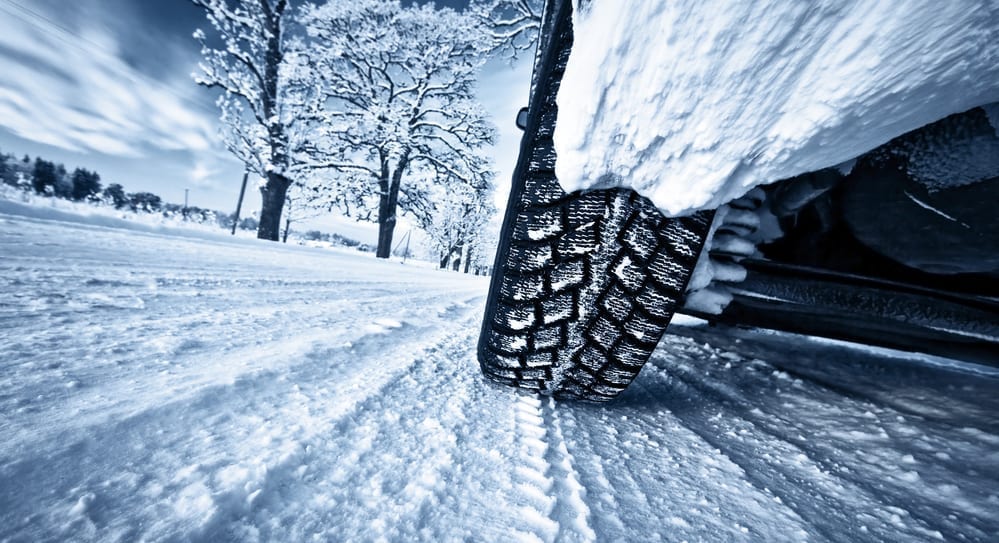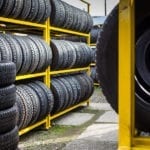I know, another PSA about winter tires. Well, the fact of the matter is if you are reading this, chances are its winter and you live in an area that experiences harsh weather. Therefore, kick back, relax, grab a drink, and read another quick blurb about the significance of winter tires.
Winter tires are the most important thing you can buy for your vehicle when the flakes of white doom start falling from the sky. Why? Because of the tread. No, don’t listen to your buddy who drives a lifted truck with summer/all-season tires when he says, “ Hey man, my truck does fine in the winter.” Because guess what? It doesn’t. With all-seasons and the natural size of the truck and four-wheel drive, he might be able to get by, but it doesn’t mean he’s driving safely through the winter wonderland. How do I know?
Experience
I used to drive a Ford Crown Victoria from the ‘90s. Rear-wheel drive, V6 under the hood, the thing was a tank in the winter. But, I still slipped frequently when using all-season tires. Even with a container full of sand in the back.
Until, of course, I ponied up the cash to throw some winter tires on it. When I did, I felt like I could ascend Mt. Everest. Whether it was uphill, downhill, one-inch of snow, 10-inches of snow; the Queen plowed through it all.
Why? Because of the way winter tires are made.
How Winter Tires are Made
What determines a tire’s traction is its flexibility. Many studies have shown that the 40-degree to 45-degree range is when all-season tires (not winter) start to lose traction in snow. That’s because the rubber becomes extremely stiff, and it can’t conform to the texture of the pavement. Thus, the loss in traction.
With winter tires, they are made out of a material that actually remains extremely flexible in cold weather. More flexible rubber means more of the tire “spreading out” and touching the ground, and more of that tire touching the ground means more traction.
Think of it like rock-crawling Jeeps. What’s the first thing Jeepers do before a trip? Let some air out of their Jeep’s tires. That way, each tire has more grip when going over rocks, flattening in order to gain better surface area and traction.
Obviously, tread is a big help as well. The more aggressive grip on a winter tire, the better grip you’ll get going through snow.
Personally? I’d take a rear-wheel drive with snow tires over a truck with four-wheel drive that’s equipped with all-season tires any day.
No, 4WD/AWD Doesn’t Help On Ice
But, it’s important to realize that even if you do have 4WD/AWD and an aggressive pair of snow tires, the system won’t help on ice. For that, you’ll want either metal-studded tires or chains wrapped around them. Keep in mind though if you do that, then you’ll end up losing traction in snow.
See, not so bad. Was it? Hopefully you learned something new about snow tires, and this article was short enough that you probably still have some of your drink left. Cheers to safe winter driving!




